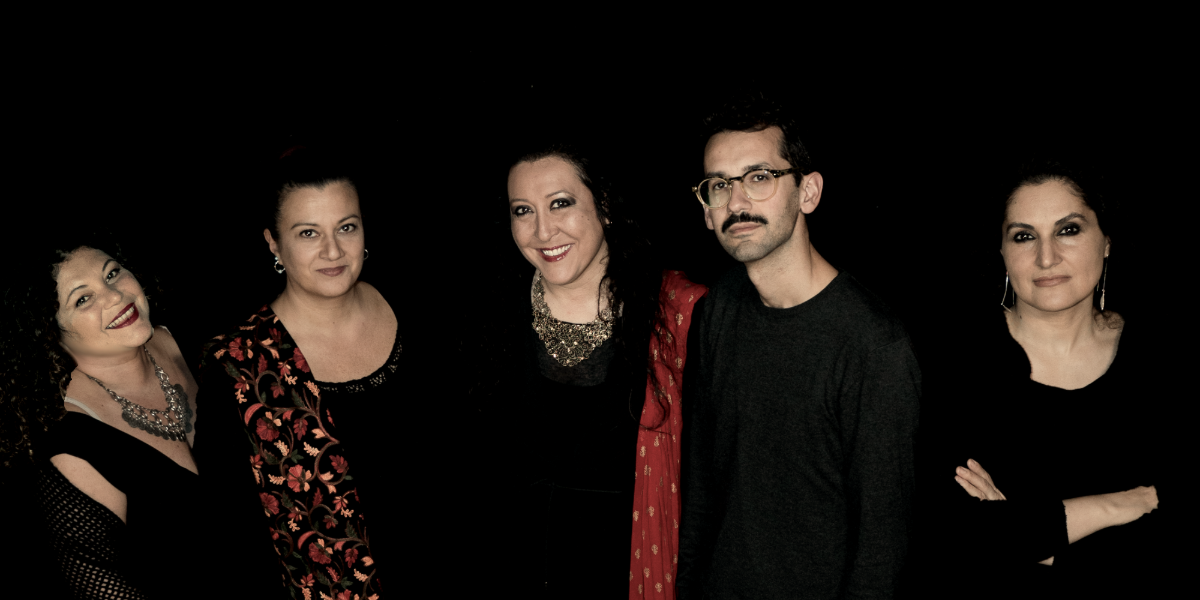Wednesday, March 27, 2024
Rituals, femininity and mother earth are at the heart of Italian-Iranian group Hysterrae
An extended version of our Q&A with Italian-Iranian 5-piece Hysterrae about their hypnotic new album


Register now to continue reading

Thanks for visiting the Songlines website, your guide to an extraordinary world of music and culture. Sign up for a free account now to enjoy:
- Free access to 2 subscriber-only articles and album reviews every month
- Unlimited access to our news and awards pages
- Our regular email newsletters

